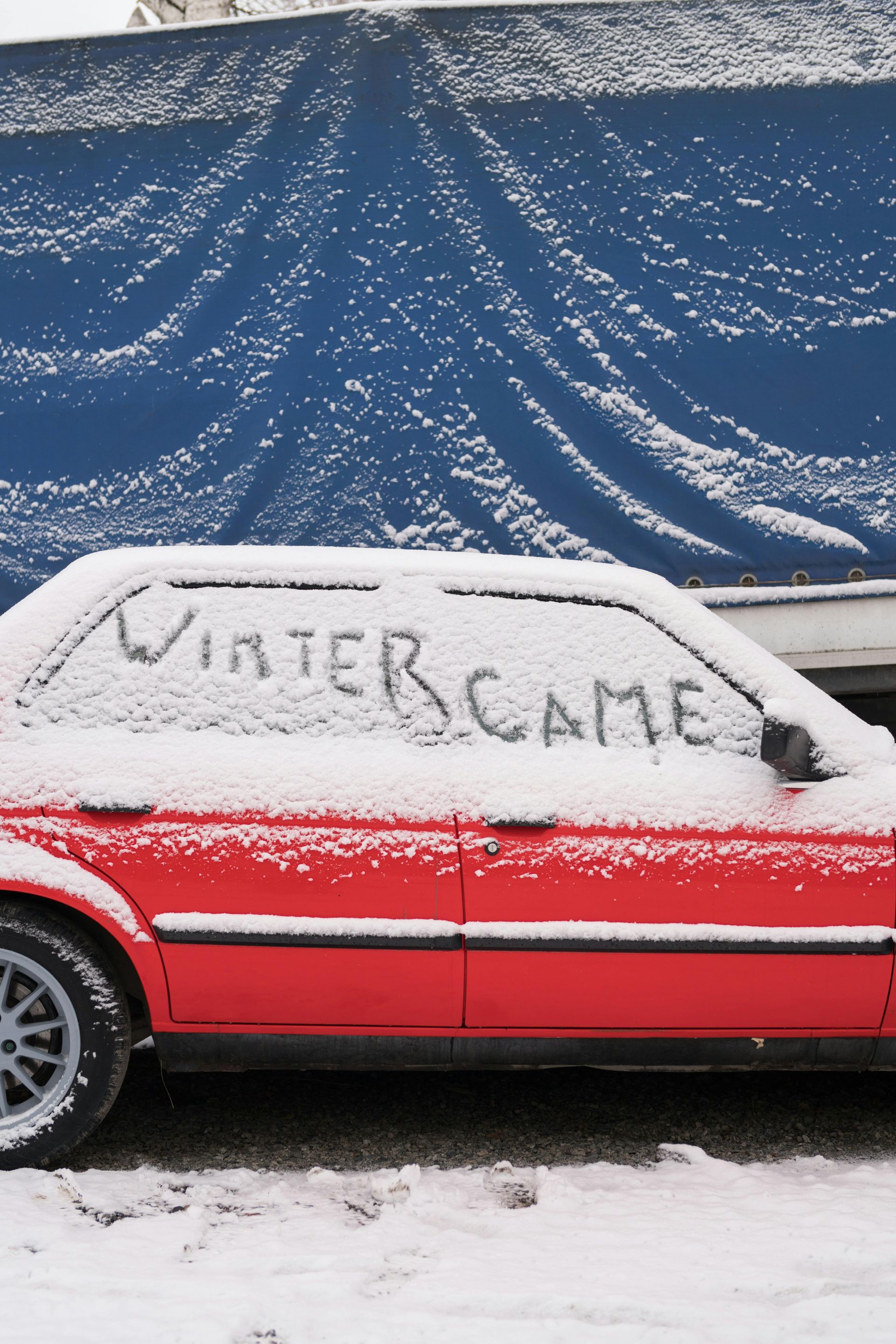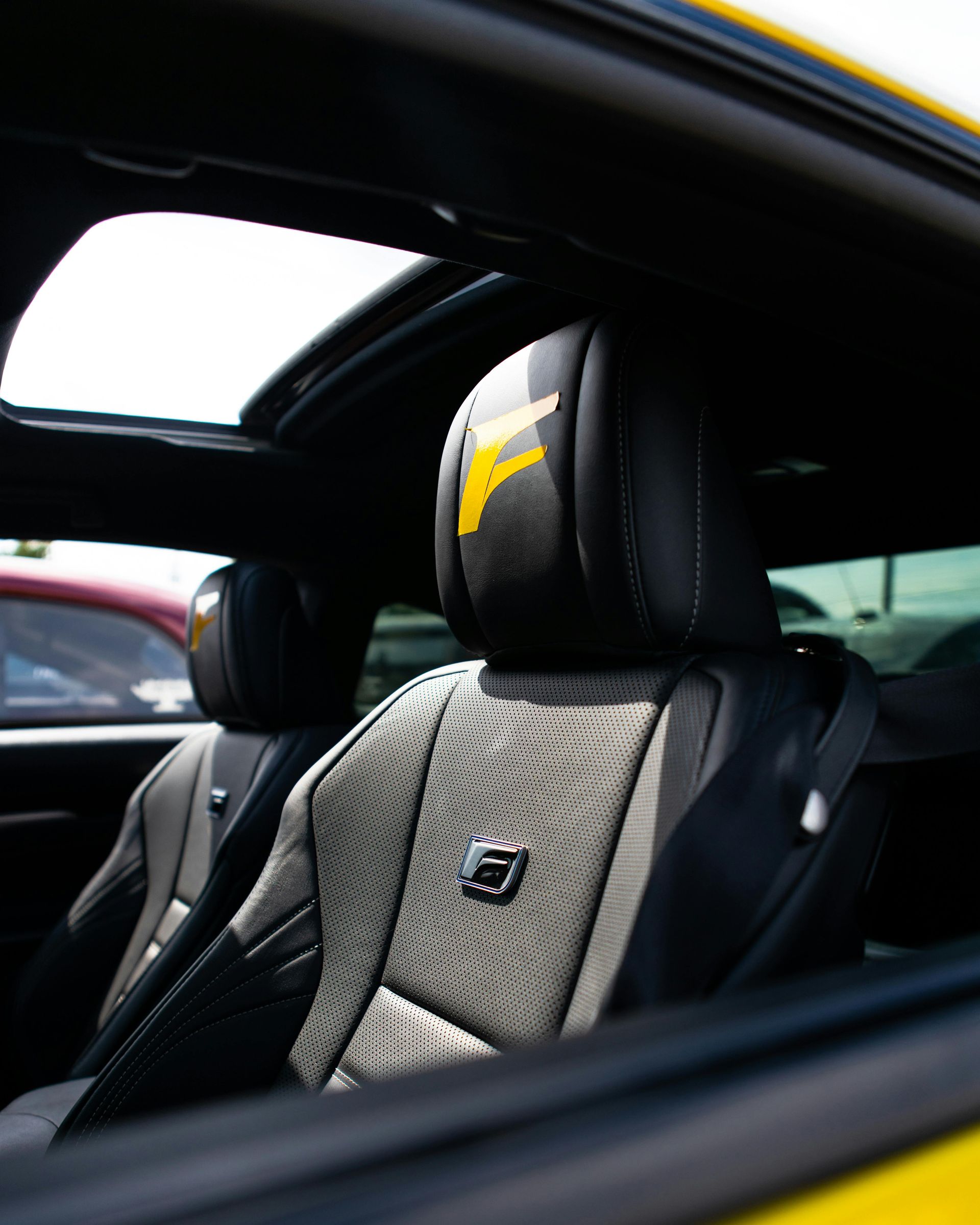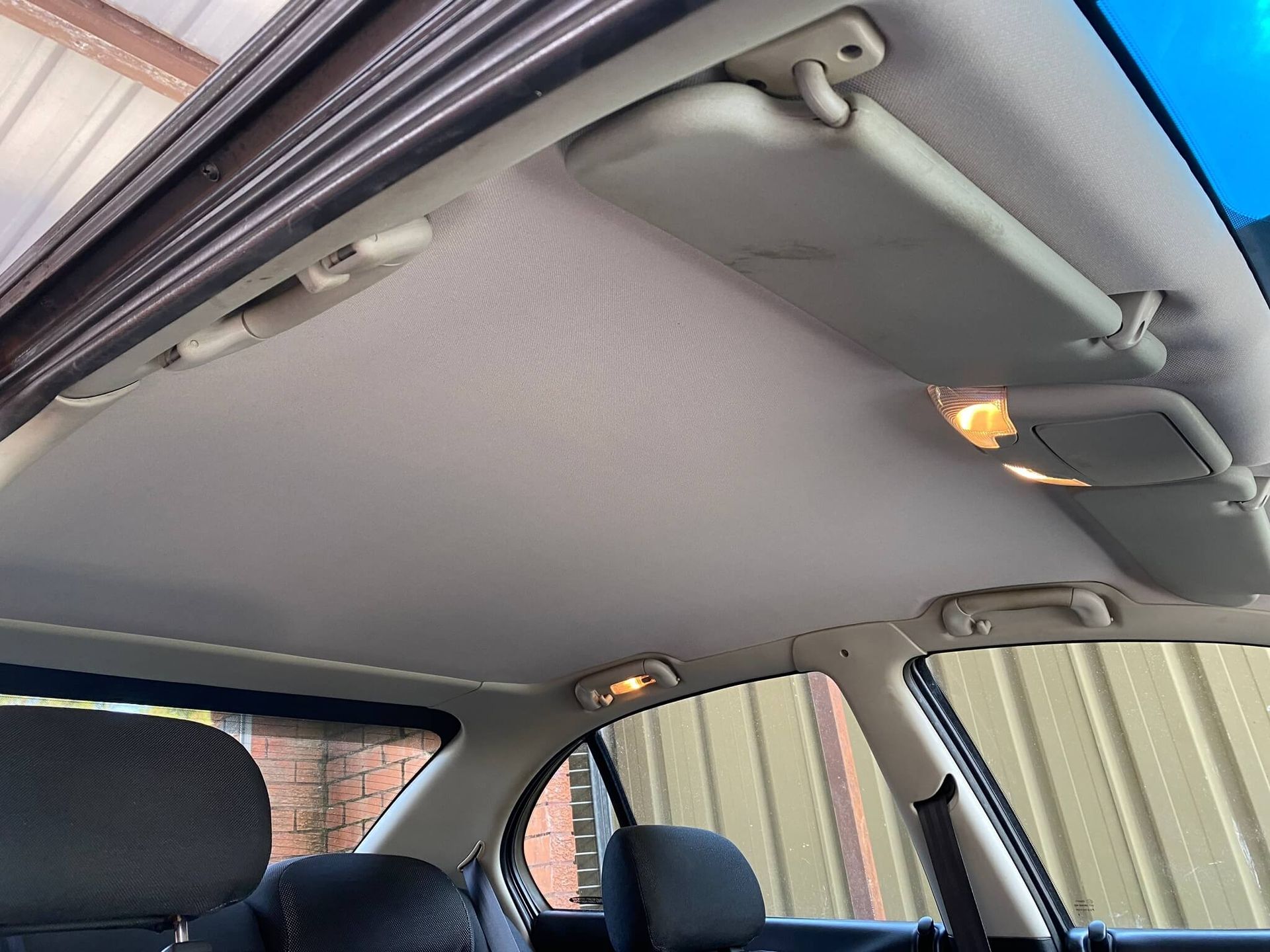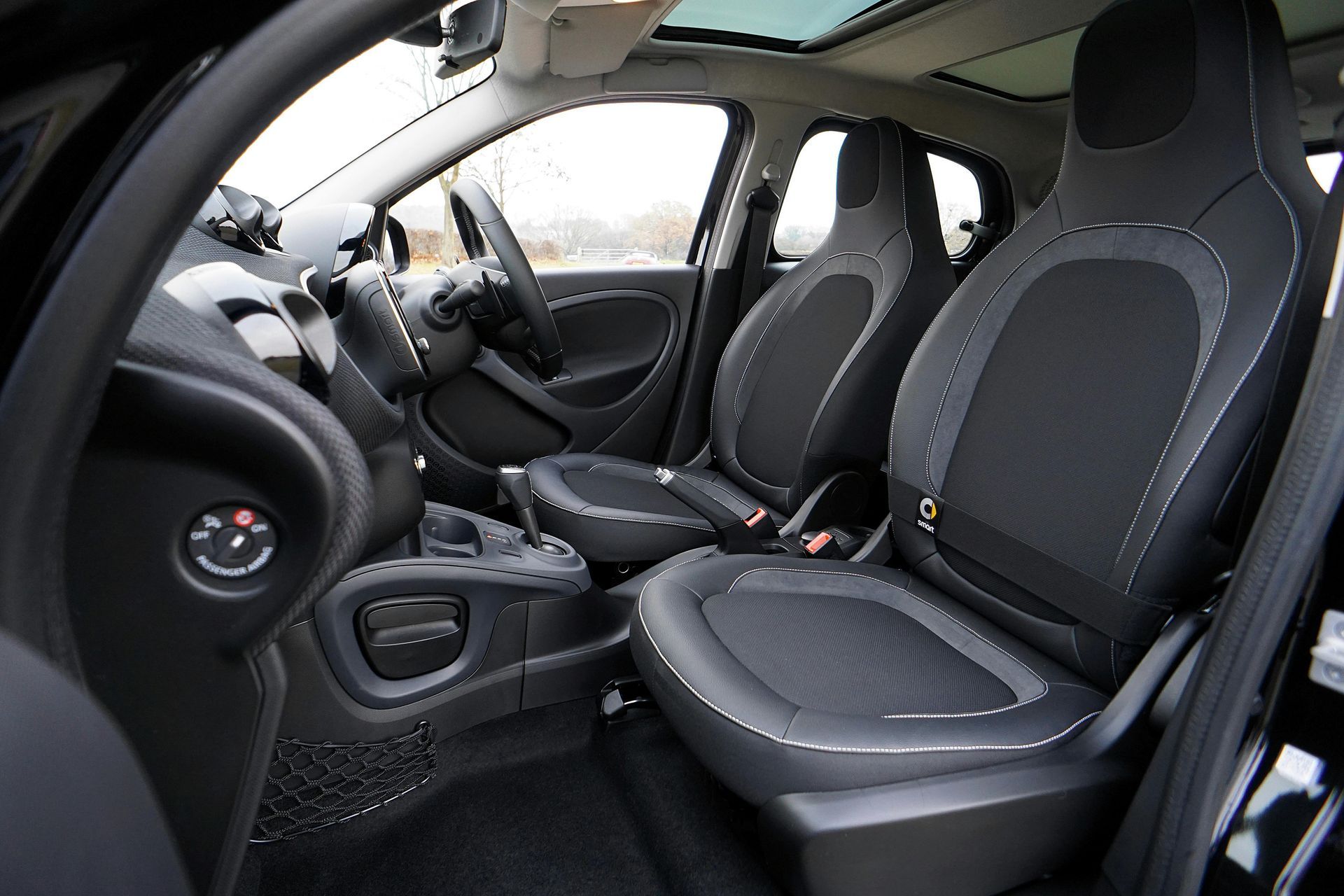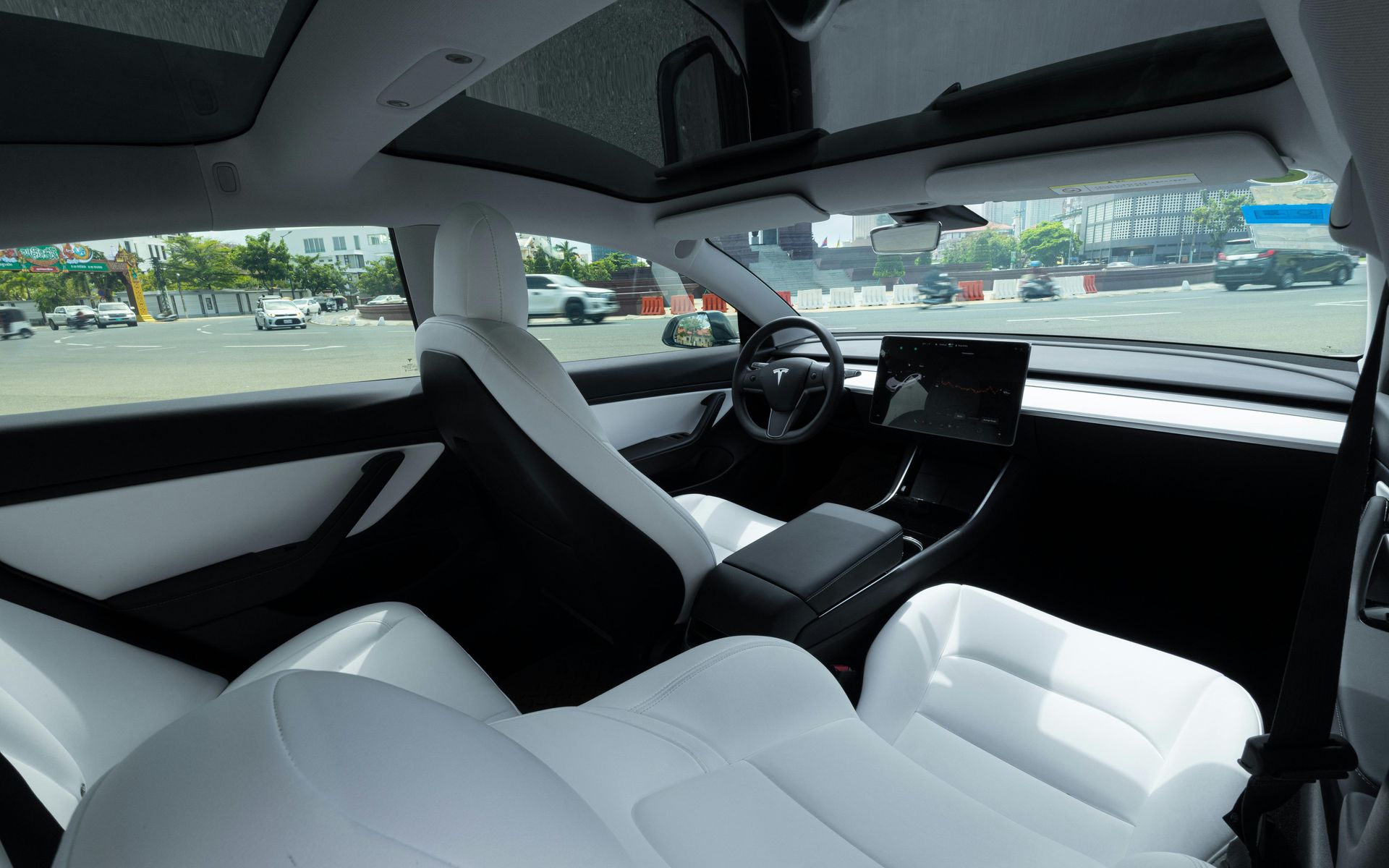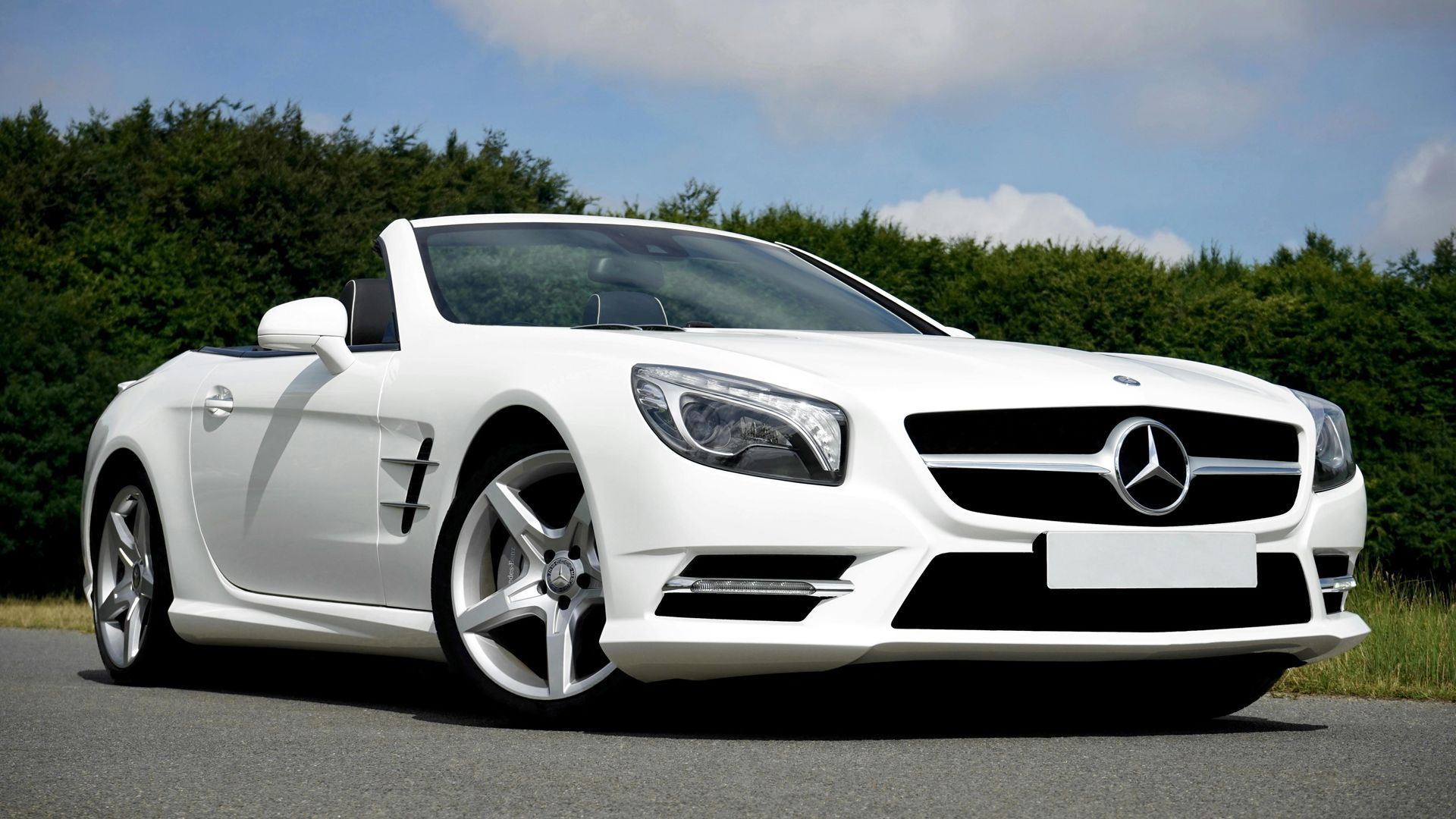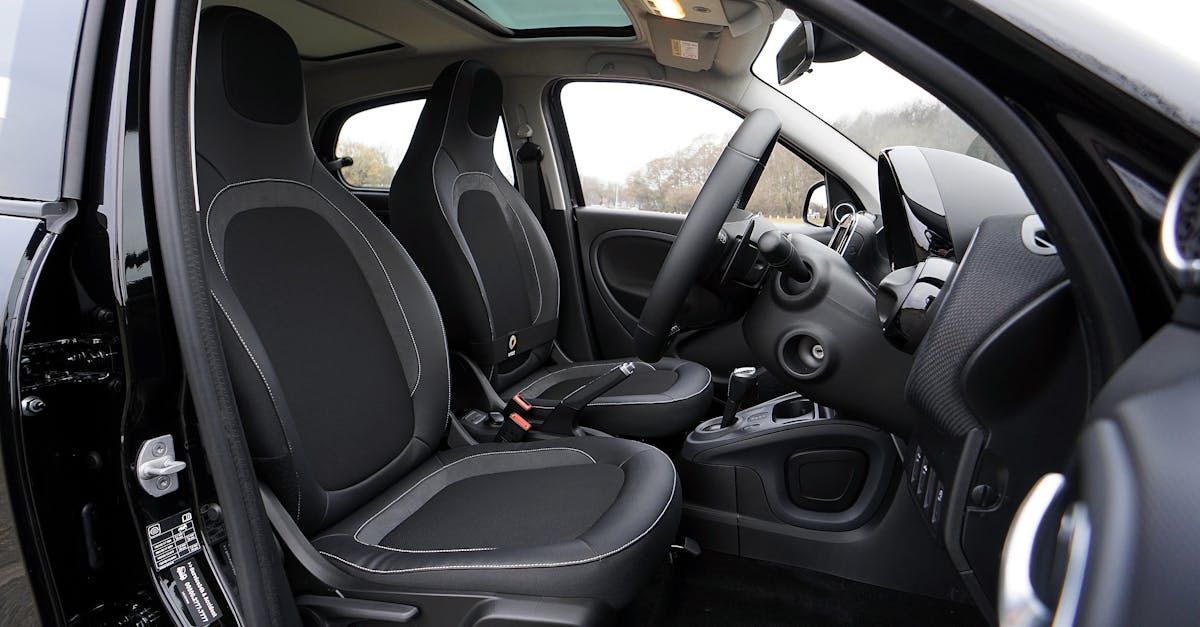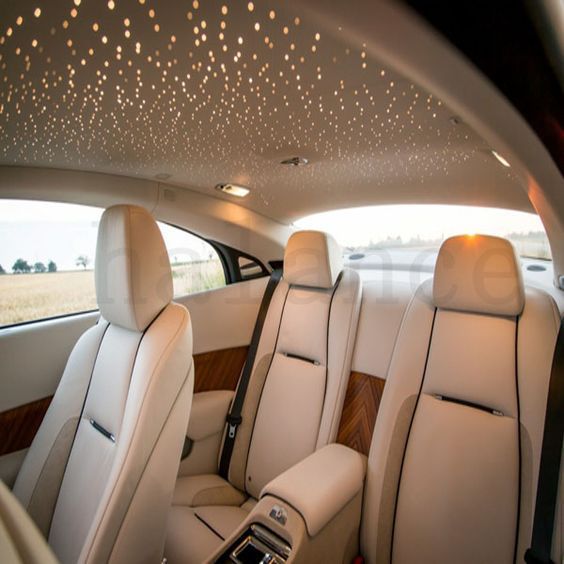Headliner Red Flags: Warning Signs You Shouldn’t Ignore
Your vehicle's headliner plays a crucial role in both aesthetics and functionality, yet many Australian drivers overlook early warning signs of headliner deterioration. Recognising these red flags early can save you from costly repairs, safety hazards, and the embarrassment of a sagging roof lining. Understanding what to look for helps you maintain your vehicle's interior in pristine condition whilst addressing issues before they become major problems.
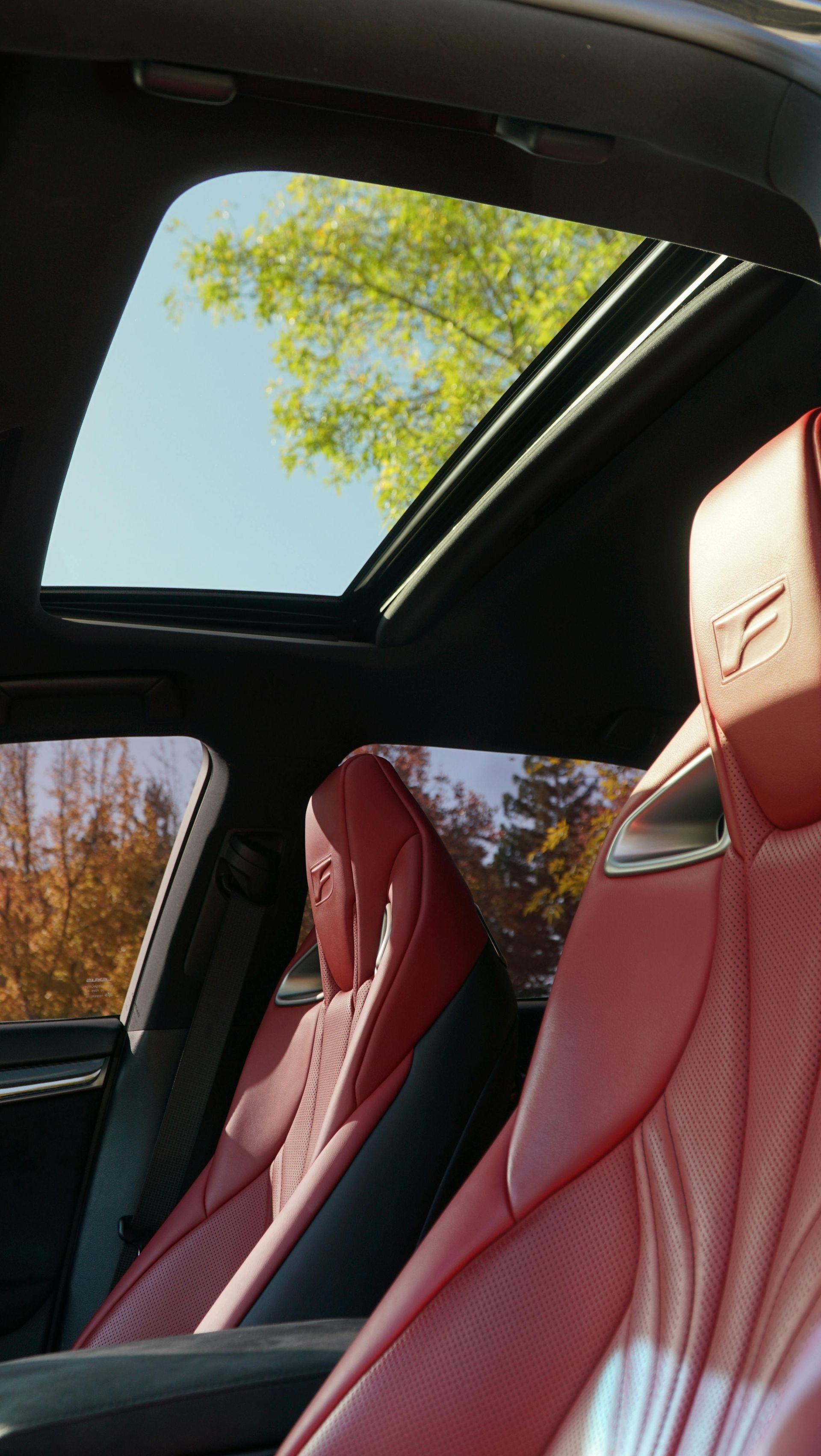
Sagging and Drooping Fabric
Sagging headliner fabric is perhaps the most obvious and common warning sign that your roof lining requires immediate attention. This issue typically begins as small areas where the fabric appears loose or begins to pull away from the roof structure, often starting near the edges or around fixtures like dome lights and sun visors. As the adhesive bond weakens over time, gravity takes effect, causing increasingly noticeable drooping that can eventually obstruct your vision or interfere with normal vehicle operation.
The progression of headliner sagging rarely stops on its own and typically accelerates once it begins. What starts as a minor cosmetic issue can quickly develop into a safety hazard if the fabric drops low enough to impair the driver's view through mirrors or windows. Additionally, loose fabric can create distracting movement whilst driving, potentially causing accidents or discomfort for passengers.
Australian climate conditions, particularly extreme heat and humidity, accelerate the breakdown of headliner adhesives, making sagging issues more common in our harsh environment. The combination of intense UV radiation, temperature fluctuations, and humidity creates ideal conditions for adhesive failure, leading to premature headliner deterioration compared to vehicles in more temperate climates.
Stages of Headliner Sagging
Understanding the progression helps identify when action is needed:
- Initial loosening: Small areas near edges or fixtures begin separating.
- Partial sagging: Noticeable drooping in specific sections, often symmetrical.
- Progressive dropping: Larger areas begin falling, creating obvious visual distortion.
- Complete detachment: Significant portions hang loose, potentially obstructing vision.
- Total failure: Entire headliner requires replacement to maintain vehicle safety and appearance.
Staining and Discolouration Patterns
Staining and discolouration in headliner fabric often indicate underlying moisture problems or chemical exposure that can compromise the material's integrity over time. These visual changes typically appear gradually, starting as subtle colour variations that may seem insignificant but often signal more serious issues developing within the roof structure. Common staining patterns include water marks, yellowing from UV exposure, and dark spots that suggest mould or mildew growth.
Water stains represent one of the most serious headliner warning signs, as they indicate moisture infiltration that can damage not only the headliner but also the vehicle's electrical systems and structural components. These stains often appear as brown or yellowish marks with irregular edges, typically concentrated around areas where water might enter the vehicle, such as sunroof seals, window seals, or roof antenna mounting points.
Chemical staining can result from cleaning product misuse, smoking, or exposure to industrial pollutants common in urban Australian environments. These stains may appear as permanent discolouration that resists cleaning attempts and can indicate that the headliner material has been chemically compromised, affecting both appearance and structural integrity.
Common Staining Sources and Implications
Different staining patterns reveal specific underlying problems:
- Water rings: Circular stains indicating consistent leak points requiring immediate attention
- UV yellowing: Overall colour change suggesting prolonged sun exposure and material degradation
- Smoke stains: Yellow-brown discolouration from cigarette smoke, often with associated odours
- Mould spots: Dark, irregular patches indicating moisture retention and potential health hazards
- Chemical burns: Distinct colour changes from cleaning products or other chemical exposure
Texture Changes and Material Breakdown
Changes in headliner texture often signal advanced material deterioration that requires professional assessment and likely replacement. Healthy headliner fabric should maintain consistent texture and feel across its entire surface, whilst deteriorating material may develop rough patches, thin areas, or sections that feel brittle or crumbly to the touch. These texture changes indicate that the fabric's structural integrity has been compromised, affecting both appearance and functionality.
Foam backing deterioration represents a critical concern in headliner maintenance, as the foam layer provides structure and insulation properties essential for proper headliner function. When foam backing begins breaking down, it often crumbles or becomes powdery, leaving residue on passengers' clothing or falling into the vehicle cabin. This breakdown not only affects appearance but can also impact the headliner's insulation properties and create ongoing cleanliness issues.
Temperature exposure, particularly the extreme heat common in Australian summers, accelerates headliner material breakdown by causing adhesives to fail and fabrics to become brittle. Combined with UV radiation exposure through windows, these conditions can rapidly degrade headliner materials, making texture monitoring essential for early problem detection.
Material Deterioration Indicators
Watch for these texture-related warning signs:
- Rough patches: Areas where the fabric feels different from the surrounding material.
- Thinning sections: Spots where the underlying foam or backing becomes visible.
- Brittleness: Material that cracks or breaks when gently pressed.
- Powdery residue: Foam particles falling from the headliner surface.
- Fabric pilling: Surface fibres forming small balls or a rough texture.
- Delamination: Visible separation between fabric layers or backing materials.
Odour Issues and Air Quality Concerns
Unusual odours emanating from your headliner area can indicate serious underlying problems that extend beyond mere aesthetics to potential health and safety concerns. Musty or mildew smells often suggest moisture retention within the headliner assembly, creating conditions conducive to mould growth that can affect cabin air quality and passenger health. These odours typically intensify in humid conditions or when the vehicle's climate control system is operating.
Chemical odours from headliner areas may indicate adhesive breakdown, particularly when exposed to extreme temperatures common in Australian parking conditions. As adhesives deteriorate, they can release volatile compounds that create unpleasant smells and potentially contribute to poor indoor air quality within the vehicle cabin. These chemical odours often become more pronounced when the vehicle has been parked in direct sunlight.
Persistent odours that cannot be eliminated through normal cleaning procedures suggest that the headliner material itself has absorbed contaminants or developed internal problems requiring professional attention. Unlike surface odours that respond to cleaning, absorbed odours typically require material replacement to achieve complete elimination.
Health and Safety Implications
Headliner odour issues can impact vehicle occupants in several ways:
- Respiratory irritation: Mould spores or chemical vapours can trigger breathing difficulties
- Allergic reactions: Mould and mildew exposure may cause allergic responses in sensitive individuals
- Headaches and fatigue: Poor air quality can contribute to driver fatigue and discomfort
- Passenger comfort: Unpleasant odours create uncomfortable travelling conditions
- Resale value impact: Persistent odours significantly reduce vehicle value and marketability
Professional Assessment and Repair Timing
Recognising when headliner issues require professional intervention versus simple maintenance helps prevent minor problems from escalating into major repairs. Professional assessment becomes essential when multiple warning signs appear simultaneously or when DIY cleaning and maintenance efforts fail to address visible problems. Experienced roof lining specialists can identify underlying causes and recommend appropriate solutions before issues compromise vehicle safety or comfort.
Timing professional repairs strategically can significantly impact both cost and convenience, as addressing headliner problems early typically requires less extensive work and expense compared to complete replacement projects. Professional technicians can often repair localised issues or reinforce weakening areas before total headliner failure occurs, providing cost-effective solutions that extend the headliner's useful life.
Emergencies, such as complete headliner detachment or significant safety hazards, require immediate professional attention regardless of timing considerations. Driving with severely compromised headliners can create dangerous distractions or vision obstructions that compromise road safety for all vehicle occupants.
When to Schedule Professional Service
Consider professional headliner service in these situations:
Multiple warning signs: When several red flags appear simultaneously.
Safety concerns: Any condition that could impair driver's vision or concentration.
Failed DIY attempts: When cleaning or minor repairs don't resolve issues.
Pre-purchase inspections: Before buying used vehicles with questionable headliners.
Preventive maintenance: Regular professional assessment in harsh climate conditions.
Prevention Strategies and Maintenance Tips
Implementing effective headliner maintenance strategies significantly extends material life and prevents many common problems that lead to premature replacement needs. Regular inspection and gentle cleaning help identify developing issues whilst maintaining the headliner's appearance and functionality. Australian vehicle owners should pay particular attention to moisture control and UV protection, as these environmental factors contribute significantly to headliner deterioration.
Climate control usage patterns can dramatically impact headliner longevity, particularly regarding moisture management and temperature regulation. Proper ventilation prevents moisture accumulation that can lead to mould growth and adhesive failure, whilst moderate temperature control reduces thermal stress on headliner materials.
Protective measures, such as window tinting and regular garage parking, help shield headliners from the intense Australian sun that can cause rapid material degradation. Additionally, prompt attention to small issues prevents them from developing into major problems requiring complete headliner replacement.
Headliner Maintenance Best Practices
Follow these guidelines to maximise headliner lifespan:
- Regular inspection: Monthly visual checks for early problem detection.
- Gentle cleaning: Use appropriate products and techniques to avoid damage.
- Moisture control: Ensure proper ventilation and address leaks immediately.
- Sun protection: Park in shade when possible and consider window tinting.
- Professional maintenance: Schedule periodic professional assessment and cleaning.
- Prompt repairs: Address small issues immediately to prevent escalation.
Conclusion
Recognising headliner red flags early and taking appropriate action protects both your vehicle's value and your safety on Australian roads. From sagging fabric and mysterious stains to texture changes and concerning odours, each warning sign provides valuable information about your headliner's condition and maintenance needs. By understanding these indicators and responding appropriately, you can maintain your vehicle's interior in excellent condition whilst avoiding costly emergency repairs.
Professional assessment and timely intervention remain the best strategies for addressing headliner problems effectively. When warning signs appear, don't delay in seeking expert evaluation, as early action typically provides more repair options and better long-term outcomes than waiting until complete replacement becomes necessary.
About SYD Roof Linings
SYD Roof Linings specialises in professional vehicle headliner repair and replacement services throughout Sydney. Our experienced technicians provide expert assessment, quality repairs, and complete headliner replacement using premium materials designed for Australian conditions. Contact us for professional headliner services that restore your vehicle's interior to pristine condition.
